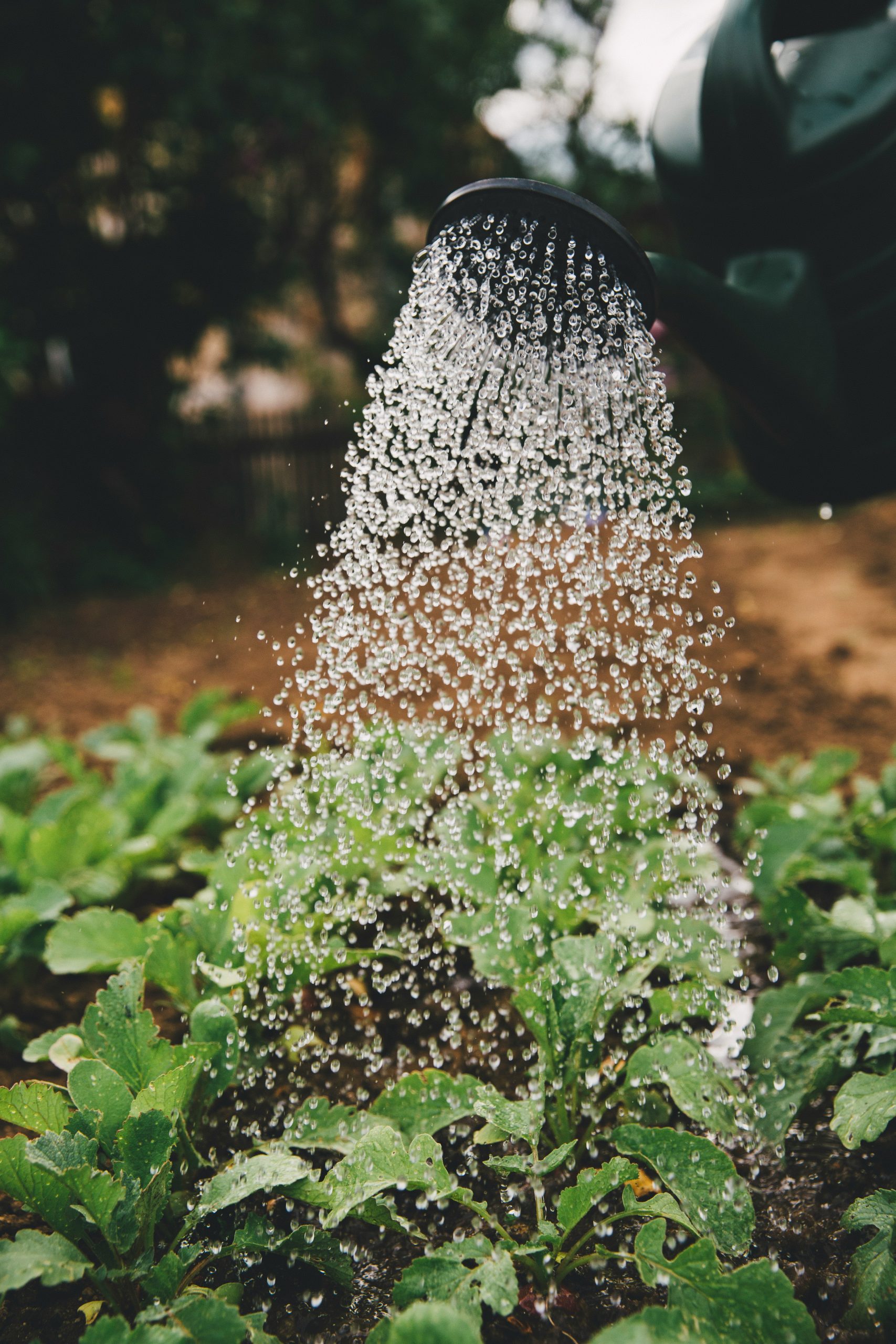As the snow begins to melt and temperatures start to rise, many homeowners in Ontario eagerly anticipate the arrival of spring and the opportunity to revitalize their gardens. A well-maintained garden not only enhances the beauty of your property but also adds value and curb appeal. Whether you’re a seasoned gardener or a novice enthusiast, here are some essential tips to help you prepare your garden for the upcoming spring season:
Assess the Damage:
Before diving into spring gardening tasks, take some time to assess the condition of your garden after the winter months. Look for any signs of damage such as frost heaving, broken branches, or soil erosion. This evaluation will help you prioritize tasks and address any immediate concerns.
Clean Up Debris:
Begin by clearing away any debris, fallen leaves, or dead vegetation that has accumulated over the winter. This will not only improve the appearance of your garden but also prevent the spread of pests and diseases. Pay special attention to areas around shrubs, flower beds, and garden borders.
Prune Trees and Shrubs:
Early spring is an ideal time to prune trees and shrubs before new growth begins. Remove dead or damaged branches, as well as any crossing or crowded branches that can inhibit healthy growth. Be sure to use proper pruning techniques and tools to avoid causing harm to your plants.
Prepare the Soil:
Healthy soil is the foundation of a successful garden. Take the time to prepare your soil by loosening it with a garden fork or tiller and incorporating organic matter such as compost or aged manure. This will improve soil structure, drainage, and nutrient content, providing an optimal environment for plant growth.
Test and Amend Soil pH:
Test the pH level of your soil using a soil testing kit, available at most garden centers or through agricultural extension services. Aim for a pH level between 6.0 and 7.0, which is ideal for most plants. If necessary, amend the soil with lime to raise pH or sulfur to lower pH accordingly.
Divide Perennials:
Spring is an excellent time to divide overcrowded perennial plants to promote healthy growth and rejuvenate established beds. Carefully dig up clumps of perennials and separate them into smaller sections, making sure each division has roots attached. Replant divisions in prepared soil and water thoroughly.
Plan and Plant:
Take the time to plan your garden layout and select appropriate plants for your climate, soil type, and sun exposure. Consider incorporating native plants and pollinator-friendly species to attract beneficial insects and support local ecosystems. Start planting cool-season vegetables and annual flowers as soon as the soil is workable.
Mulch Beds and Borders:
Apply a layer of organic mulch such as shredded bark, wood chips, or straw to garden beds and borders to conserve moisture, suppress weeds, and regulate soil temperature. Mulching also adds a neat and tidy appearance to your garden while providing essential benefits to plant health.
Install Irrigation Systems:
Ensure your garden is adequately watered throughout the growing season by installing an efficient irrigation system. Consider drip irrigation or soaker hoses for targeted watering, minimizing water waste and promoting deep root growth. Be sure to check and maintain irrigation systems regularly to prevent leaks and ensure proper function.
Protect Against Pests and Diseases:
Take proactive measures to protect your garden from common pests and diseases that may emerge in the spring. Monitor plants regularly for signs of insect damage or fungal infections and take appropriate action, such as pruning affected areas or applying organic pest controls.
Maintain Regular Care:
Once your garden is established, continue to provide regular care and maintenance throughout the spring and beyond. Water plants as needed, remove weeds, deadhead flowers, and fertilize according to plant requirements. Stay vigilant for any signs of problems and address them promptly to keep your garden thriving.
Preparing your garden for spring in Ontario requires careful planning, attention to detail, and a willingness to put in the necessary effort. By following these essential tips, you can ensure your garden is primed for success and enjoy a season of beauty and abundance. Whether you’re growing flowers, vegetables, or a combination of both, the rewards of a well-maintained garden are well worth the investment of time and energy. Happy gardening!

 Facebook
Facebook
 X
X
 Pinterest
Pinterest
 Copy Link
Copy Link



